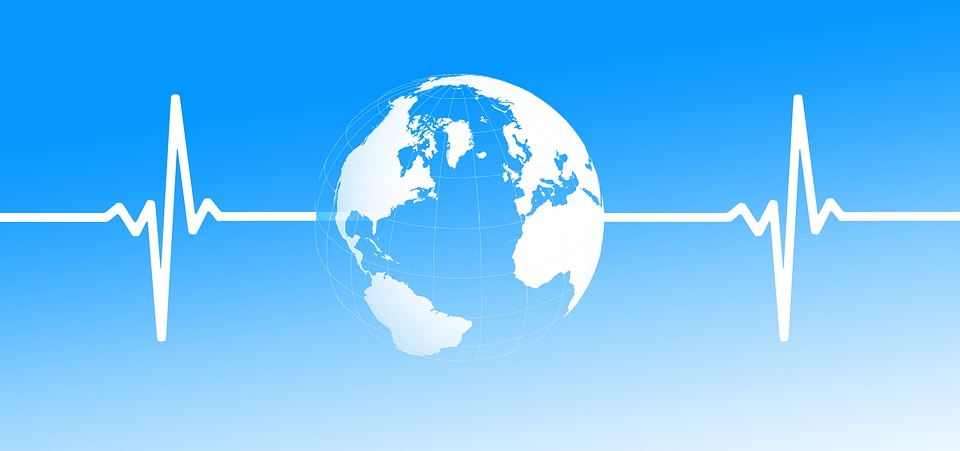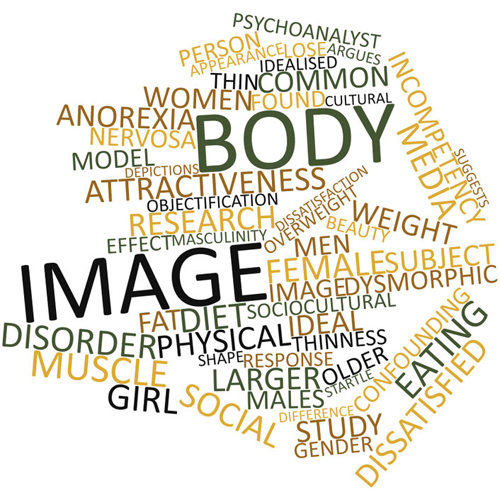Threats to Global Public Health: Understanding What is at Stake.

The Healing Power of Attitude
July 31, 2019
Stress and Child Development: A Concern for Us All!
August 28, 2019“When it comes to global health, there is no ‘THEM’ only ‘US’.” ~Global Health Council
Public health aims to prevent disease and promote health in different communities around the globe. While improvements have been made in some areas like increase in life expectancy rates, decrease in HIV rates etc., public health still faces many challenges in other areas. It is important that everyone do their part by being proactive about their physical and mental health.
In this blog, I intend to give you a clear picture of the state of the overall global public health. Hopefully, this will wake us all up and give us the drive and motivation needed to start making positive changes towards our overall physical and mental health. The bottom line is that, the global public health is in crisis! What are we all doing about it? Below are some compiled information from the World Health Organization (WHO) to help put things into perspective:
- Life expectancy at birth increased globally by 6 years since 1990
A baby born in 2012 could expect to live to 70 years on average –62 years in low-income countries to 79 years in high-income countries.
- Around 6.6 million children under the age of 5 die each year
Having access to simple and yet affordable interventions such as vaccines, medicines, clean water and sanitation could have the save lives of most of the 6.6 million children who died every year.
- Preterm birth is the leading killer of newborn babies worldwide
It was reported by WHO that complications from preterm birth cause more than one million deaths each year. That means, 15 million babies –about 1 in 10 babies are born preterm. Simple and effective care could have saved more than half of these babies’ lives.
- Cardiovascular diseases are the leading causes of death in the world
Globally, around 3 in 10 deaths occurred as a result of cardiovascular diseases i.e. diseases of the heart and blood vessels that can cause heart attacks and stroke. This could be prevented through regular physical activity, a healthy diet, and avoiding the use of tobacco.
- Most HIV/AIDS deaths occur in Africa
This is one area where public health has seen significant improvements over the years. For instance, WHO states that around 70% of all HIV/AIDS deaths in 2012 occurred in sub-Saharan Africa. Globally, the number of people dying from AIDS-related causes is steadily decreasing from a peak of 2.3 million deaths in 2005 to an estimated 1.6 million in 2012.
- Every day, about 800 women die due to complications of pregnancy and childbirth
According to WHO, Maternal mortality is a health indicator that shows very wide gaps between rich and poor, both between countries and within them.
- Mental health disorders such as depression are among the 20 leading causes of disability worldwide
Depression affects around 300 million people worldwide and this number is projected to increase. Fewer than half of those people affected have access to adequate treatment and health care.
- Tobacco kills nearly 6 million people each year
According to the WHO, more than 5 million of those deaths are the result of direct tobacco use while more than 600 000 are the result of non-smokers being exposed to second-hand smoke. Unless urgent action is taken, the annual death toll could rise to more than 8 million by 2030.
- Almost 1 in 10 adults has diabetes
Almost 10% of the world’s adult population has diabetes, measured by elevated fasting blood glucose (≥126 mg/dl). Deaths due to diabetes have been increasing since the year 2000, reaching 1.5 million deaths in 2012.
- Nearly 3500 people die from road traffic crashes every day
Road traffic injuries are projected to rise as vehicle ownership increases due to economic growth in developing countries. Strong action to improve road-use policies and enforce road-safety laws is needed to avert this rise in injuries and deaths.
Some ways to turn things around

1. Effective and accessible healthcare system is needed especially for people in the rural and remote areas. Health on wheels is a great program that could be implemented in those areas.
2. Regular physical activity, a healthy diet, and avoiding the use of tobacco help prevent cardiovascular diseases. Be in the know!
3. HIV testing and counselling initiative has significantly improved and access to antiretroviral therapy has increased, however many people living with HIV are still not utilizing the resources. Get tested and know your status!
4. Maternal mortality can be prevented by improving care before, during, and after childbirth. This can be done by providing simple-easy to use and consistent resources for mothers during and after birth.
5. Your mental health is as important as your physical health! There is no shame in talking about it privately or publicly. You don’t have to suffer in silence! Seek help! Treatments are available!
6. Diabetes can be managed! Frequent exercise and healthy eating habit are some of the ways to have it under control
7. Cigarette smoking and tobacco products use, do lots of damage to the overall health. Stop smoking! Quit the bad habit! Use of available resources (such as hotlines) can help in kicking the bad habit.
8. Campaigns at grassroots level to enforce road safety laws are clearly needed in some parts of the world in order to reduce the rise in injuries and deaths resulting from road traffic crashes.
9. Be proactive about your overall physical and mental health!
If you need assistance in relation to what has been mentioned in this article, please contact us directly!




